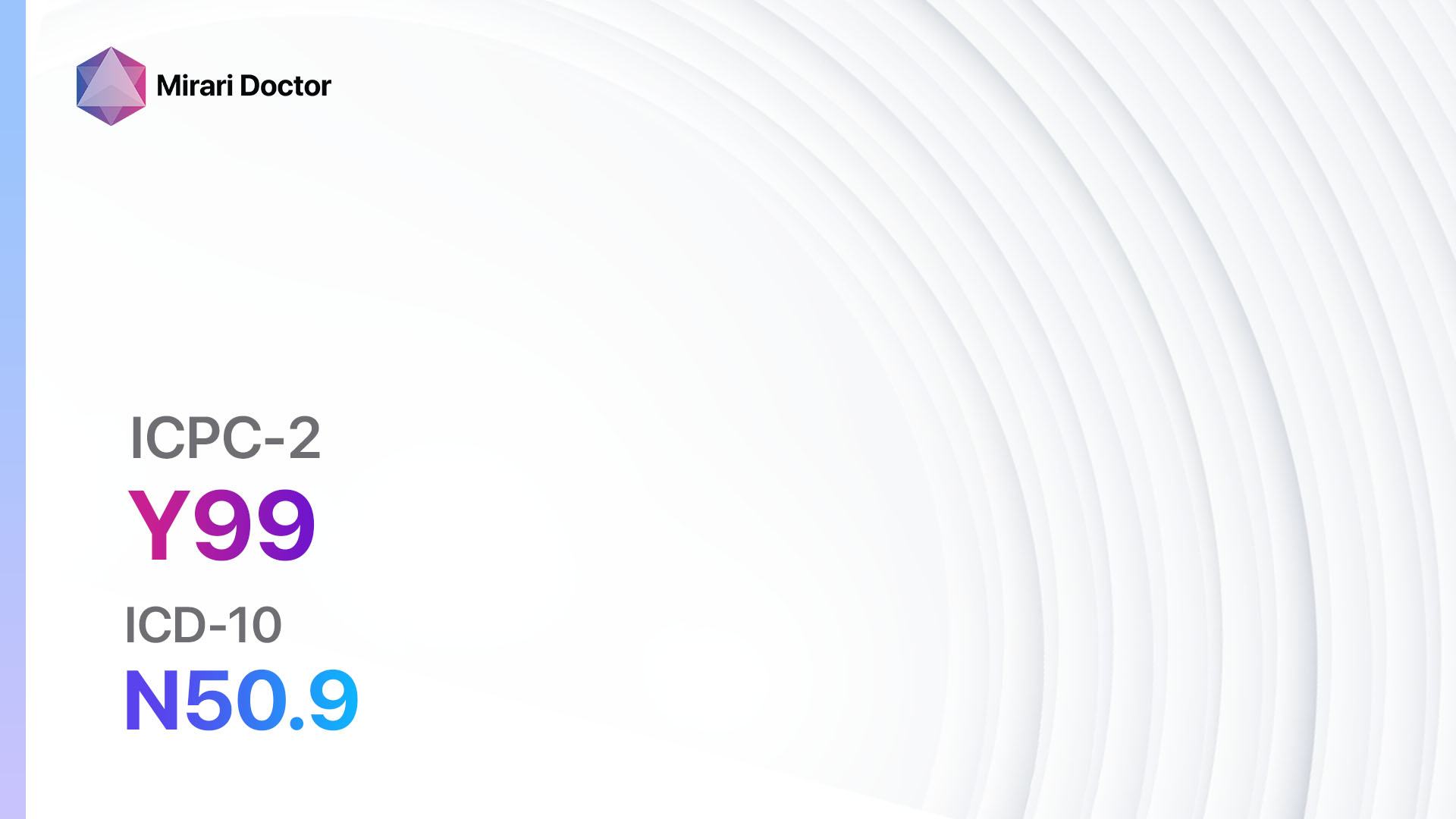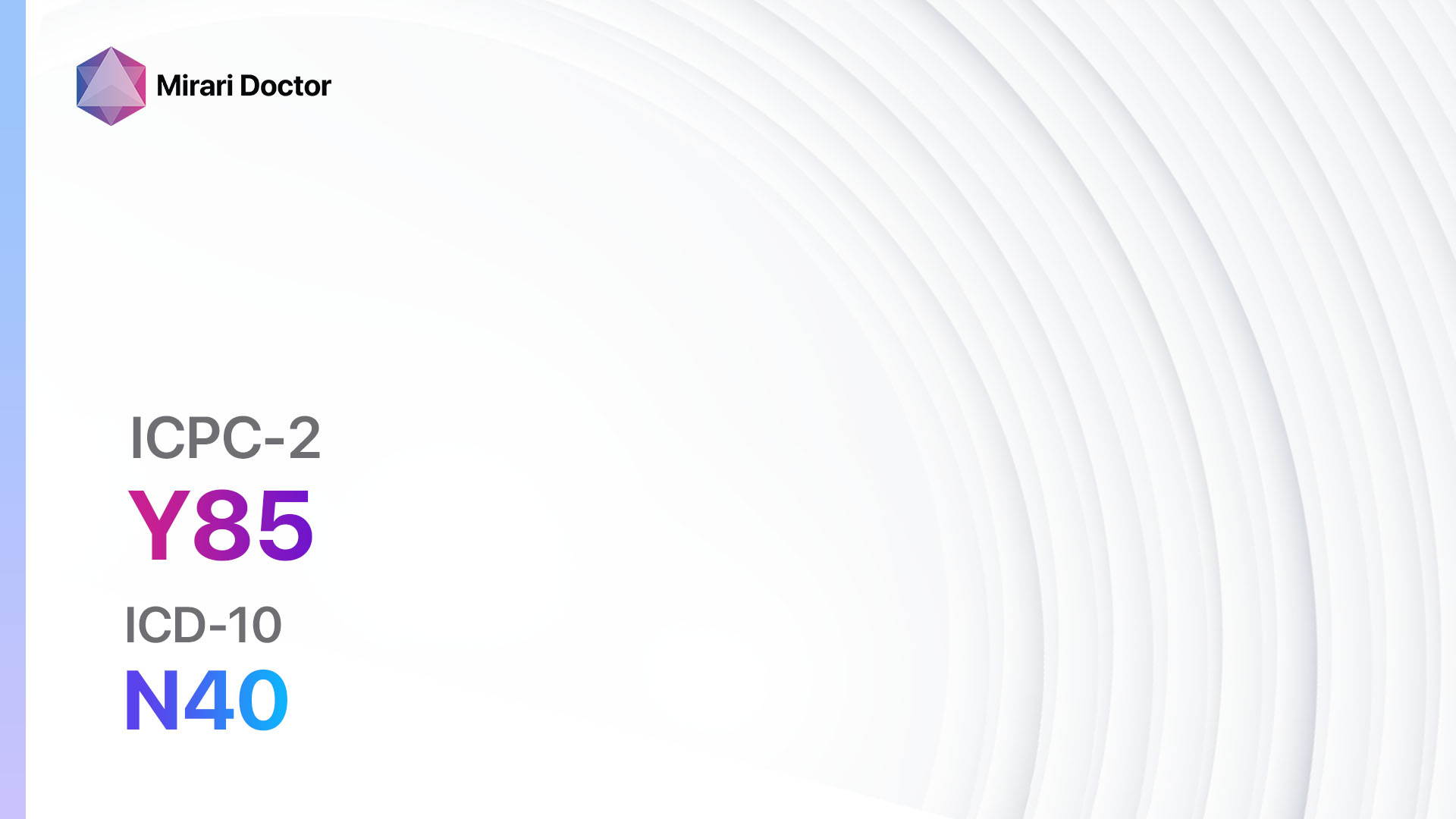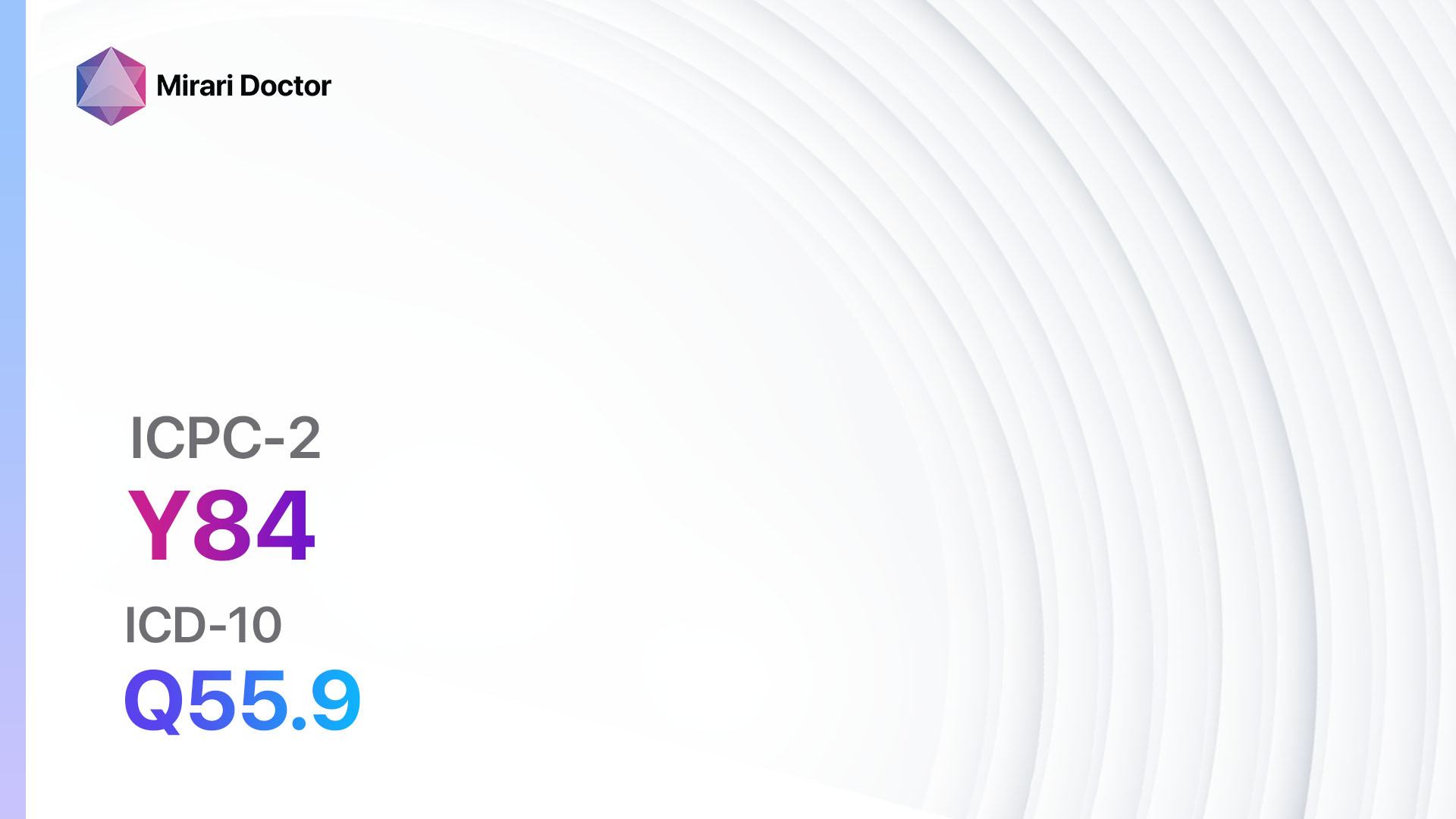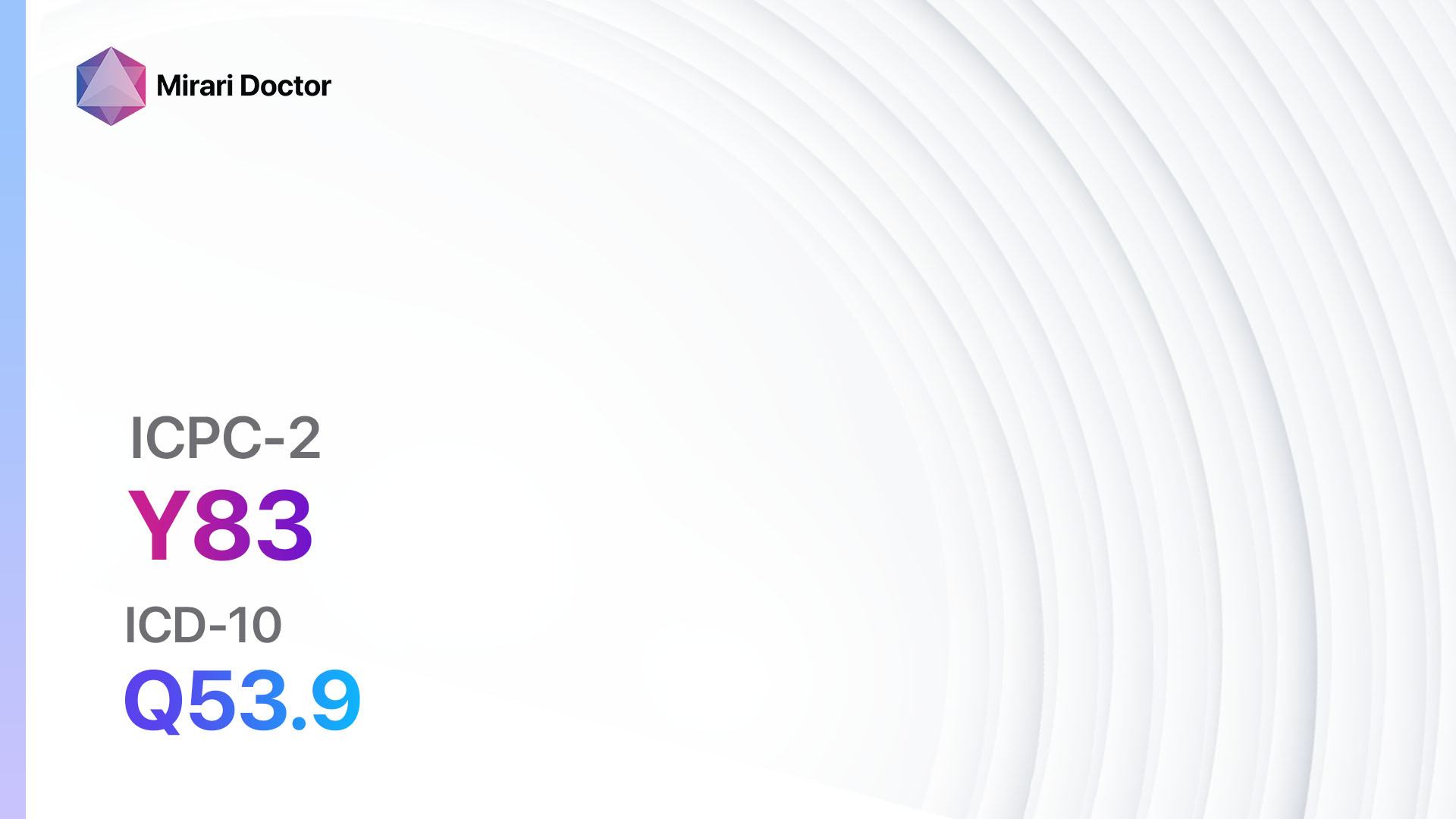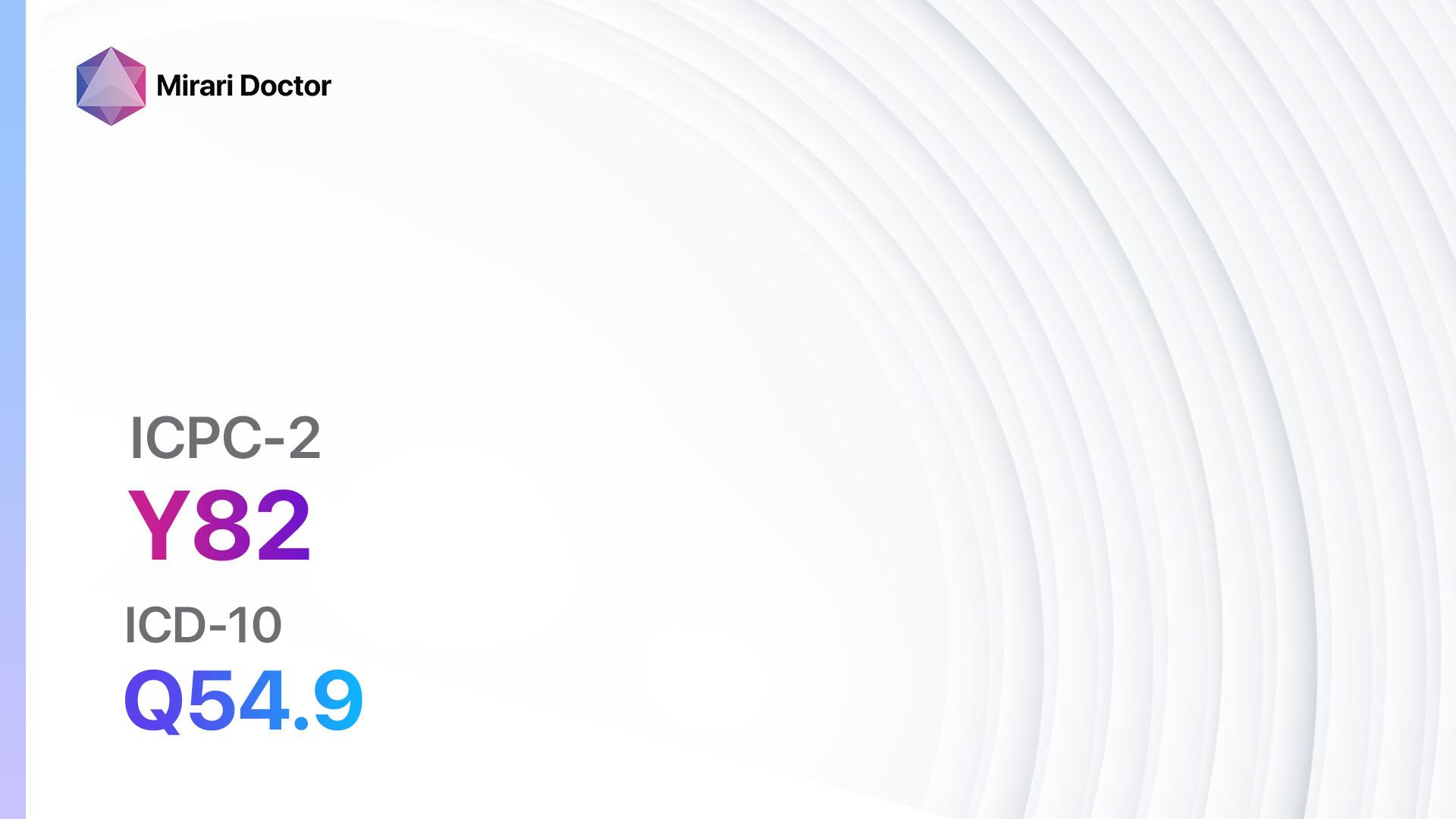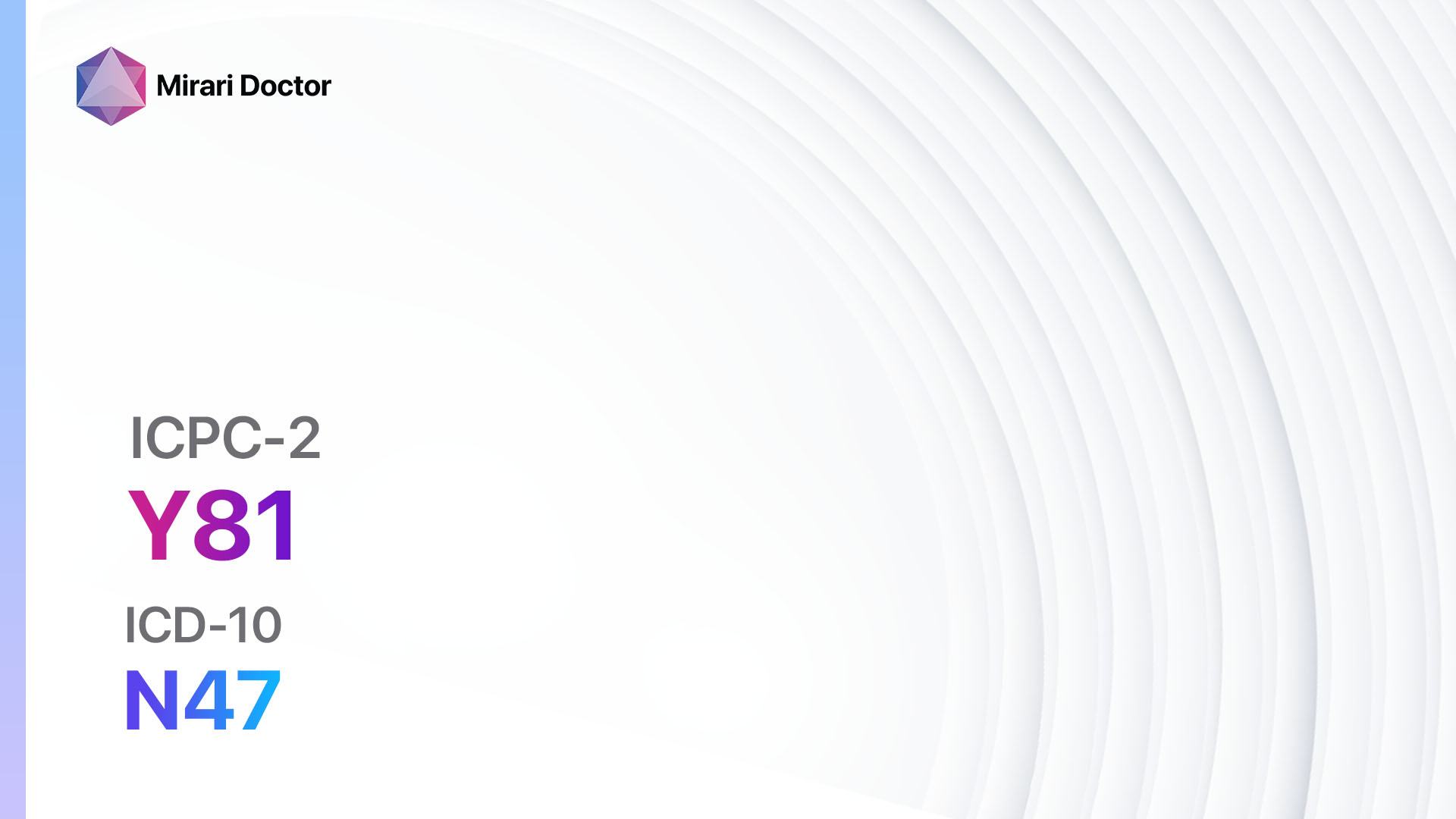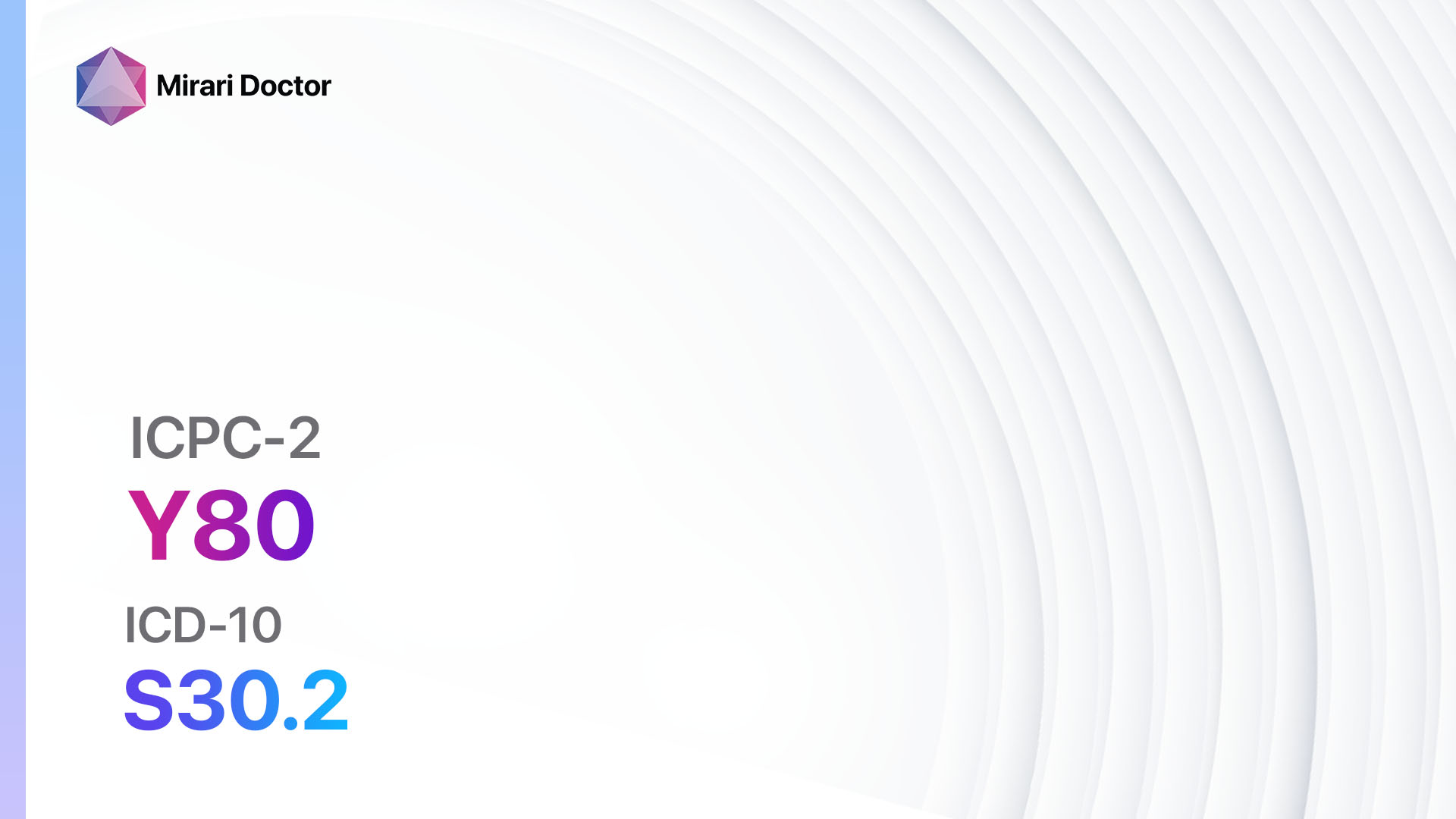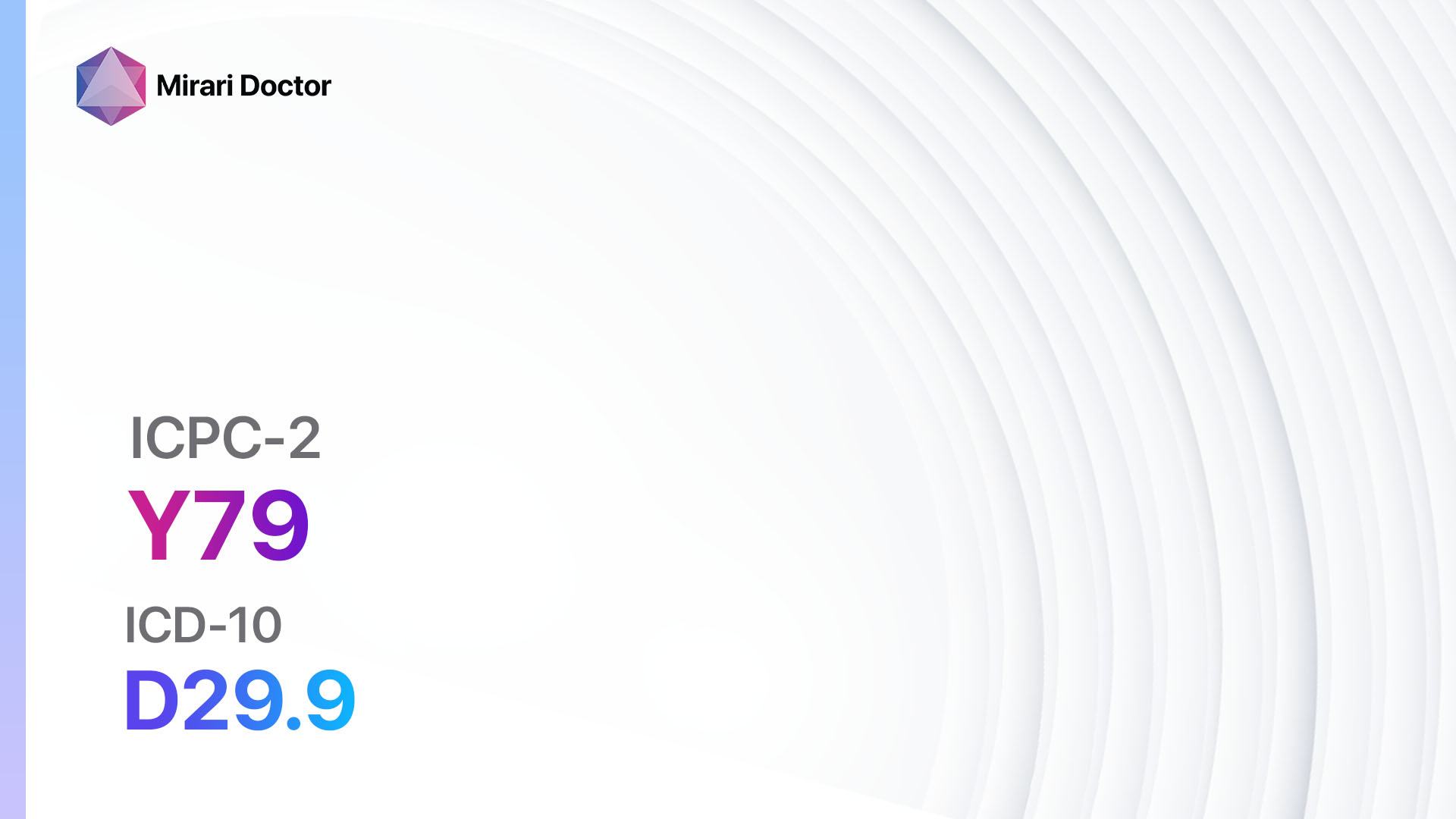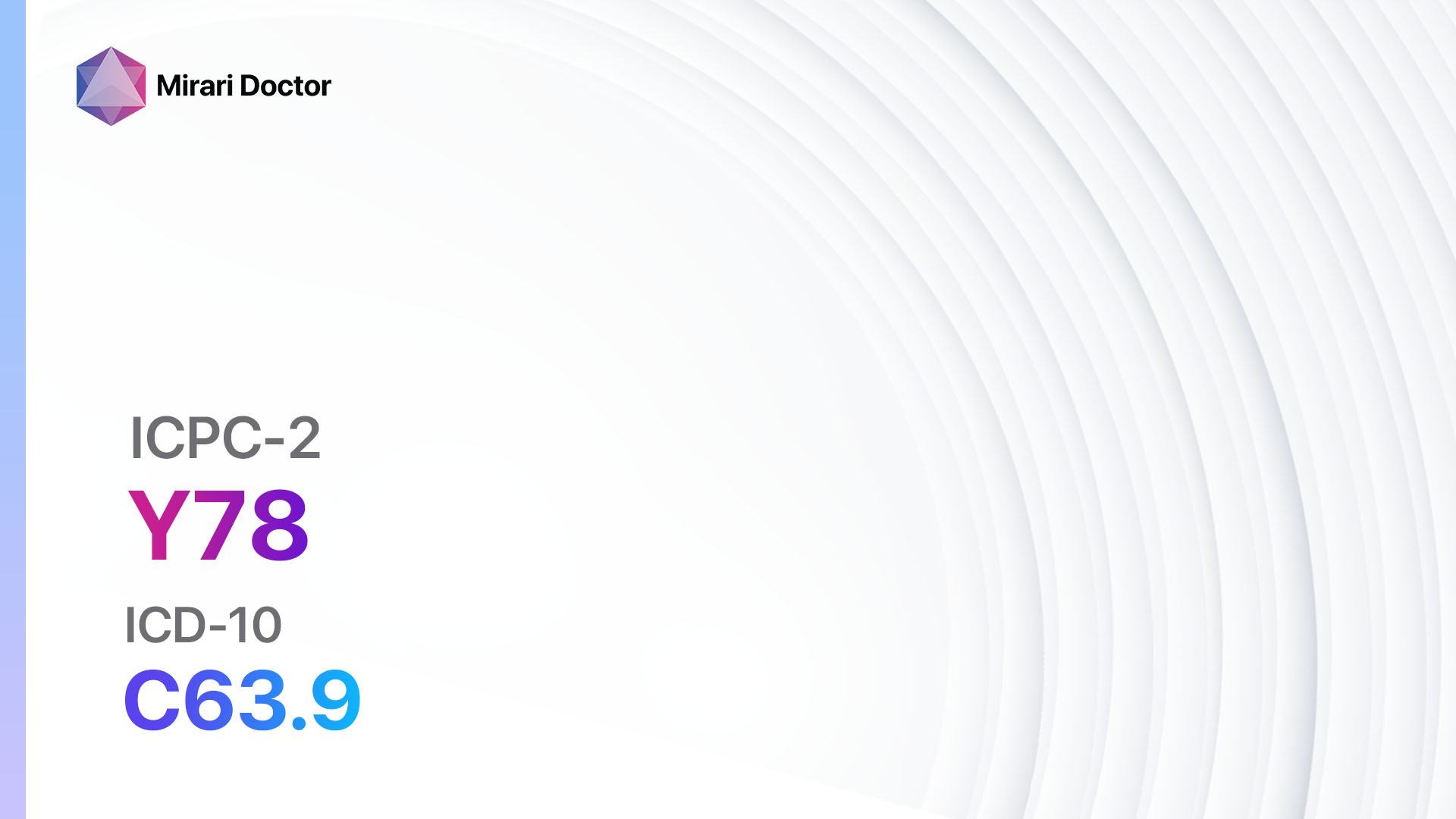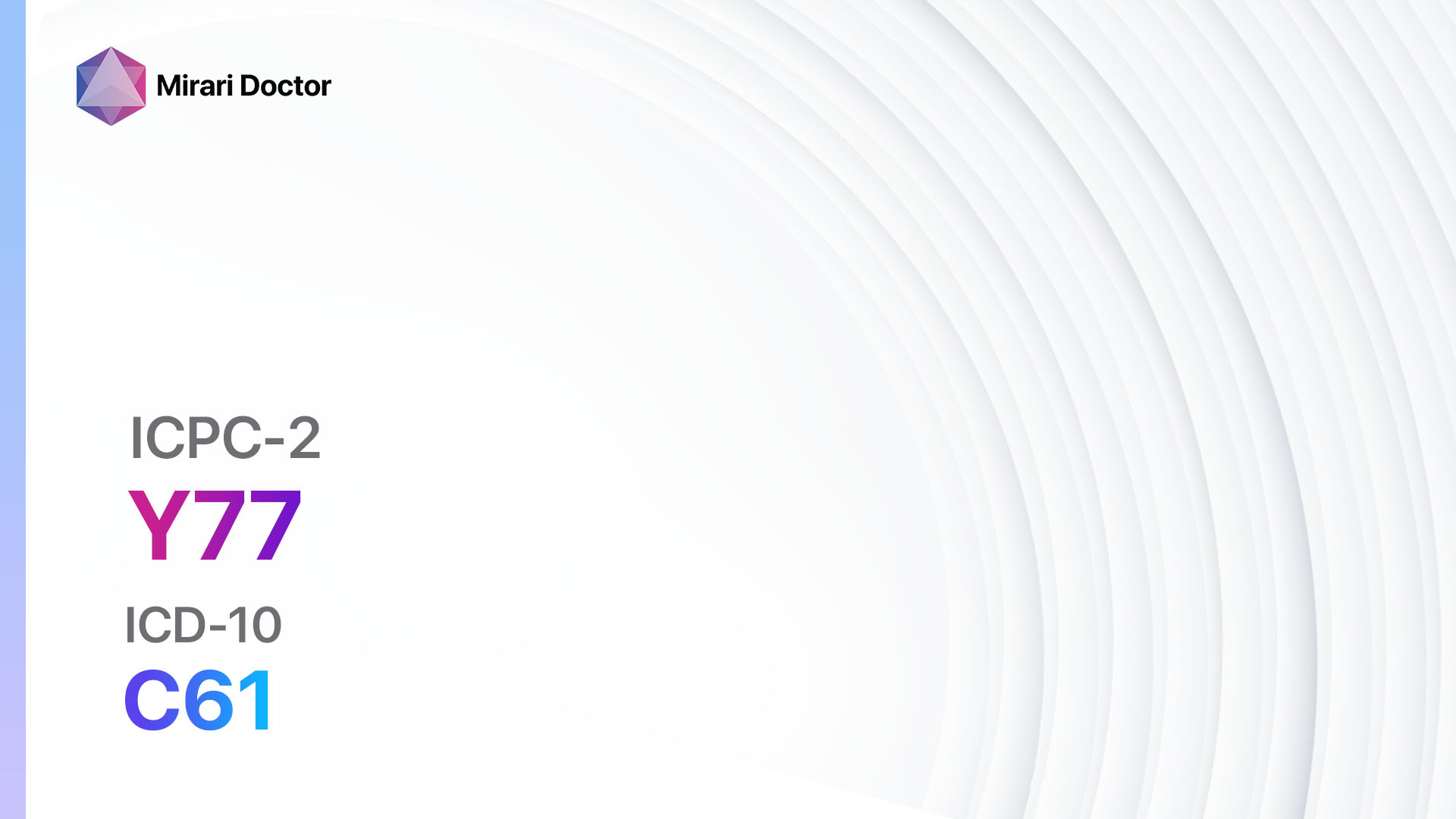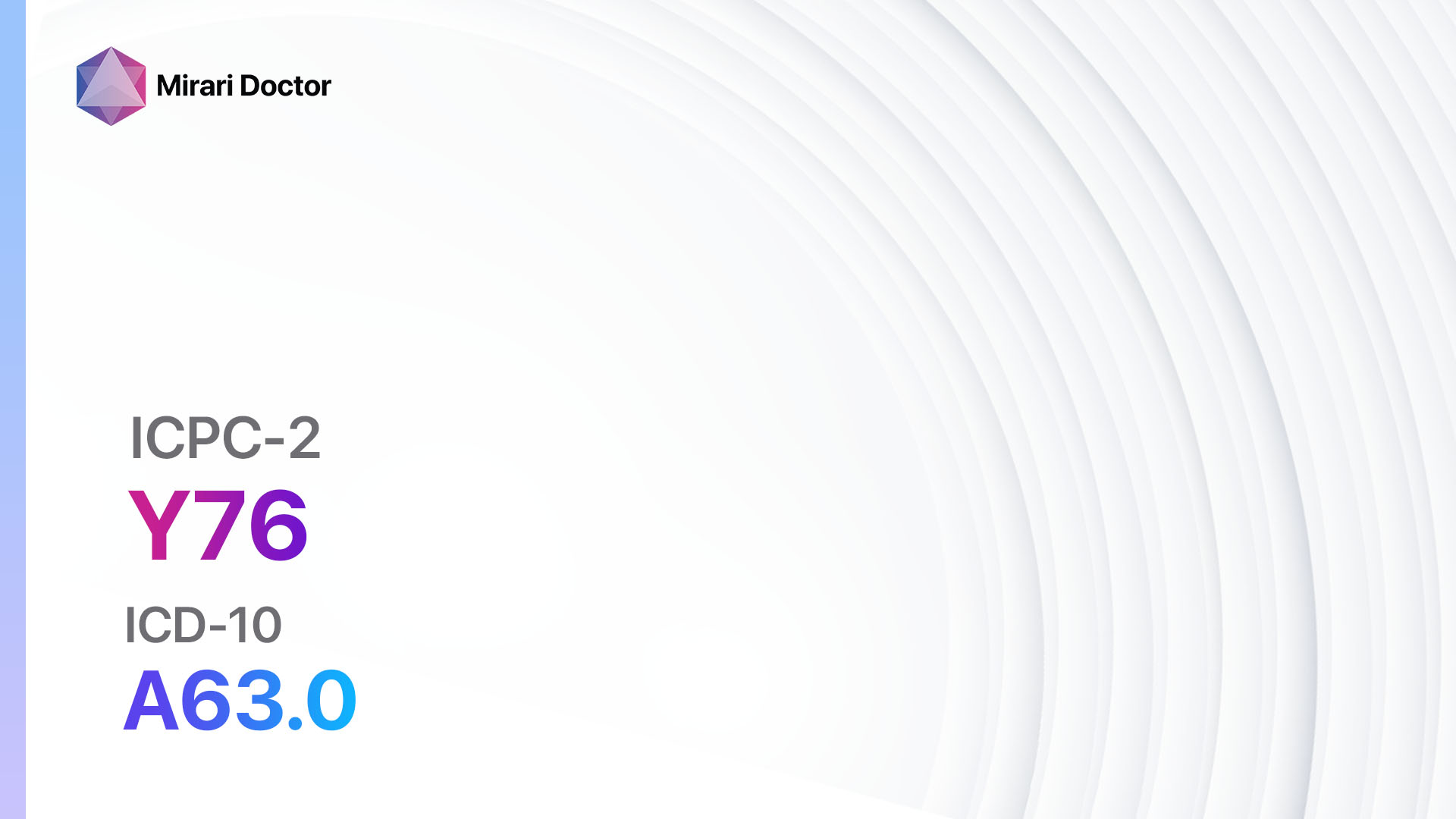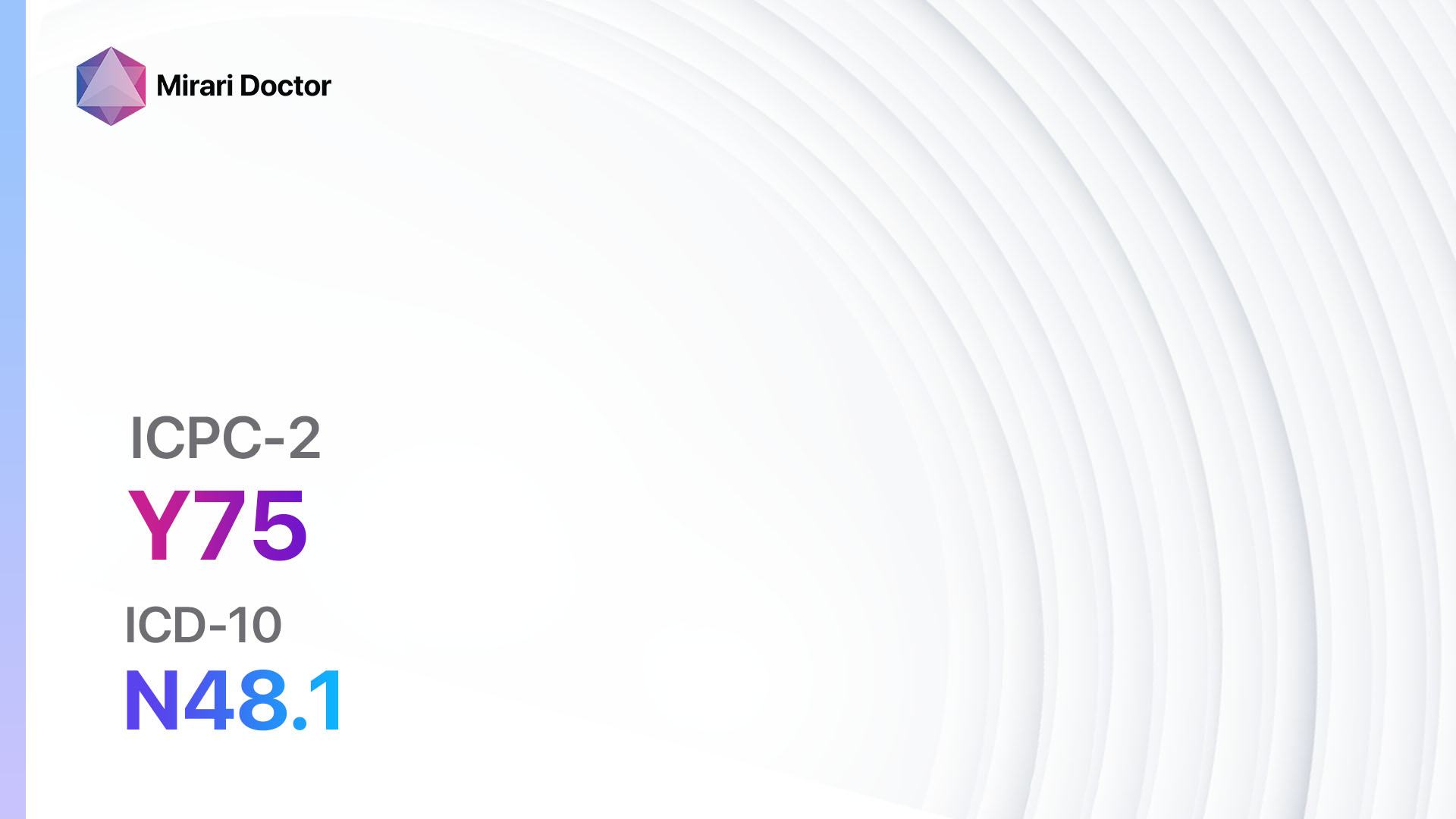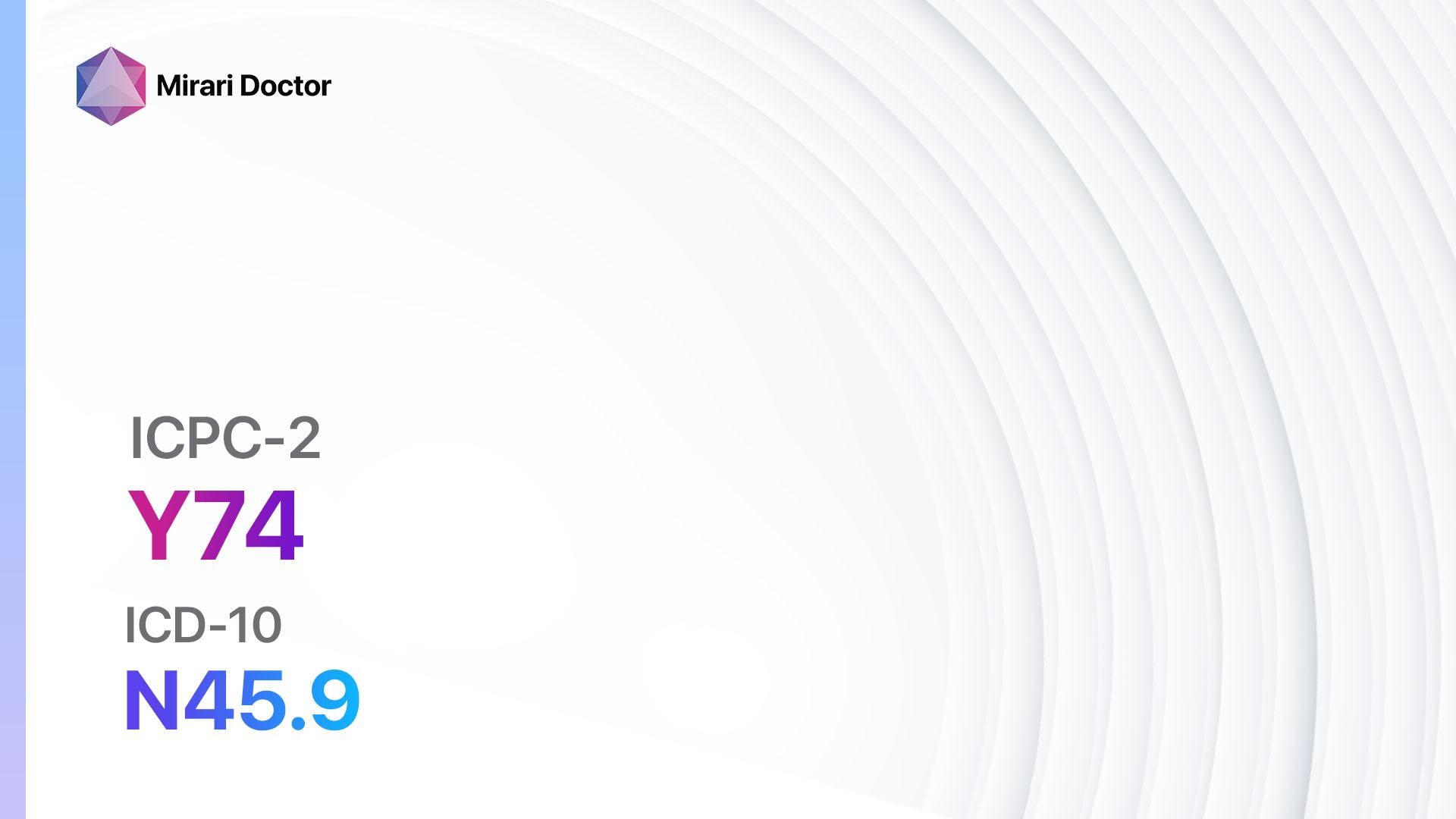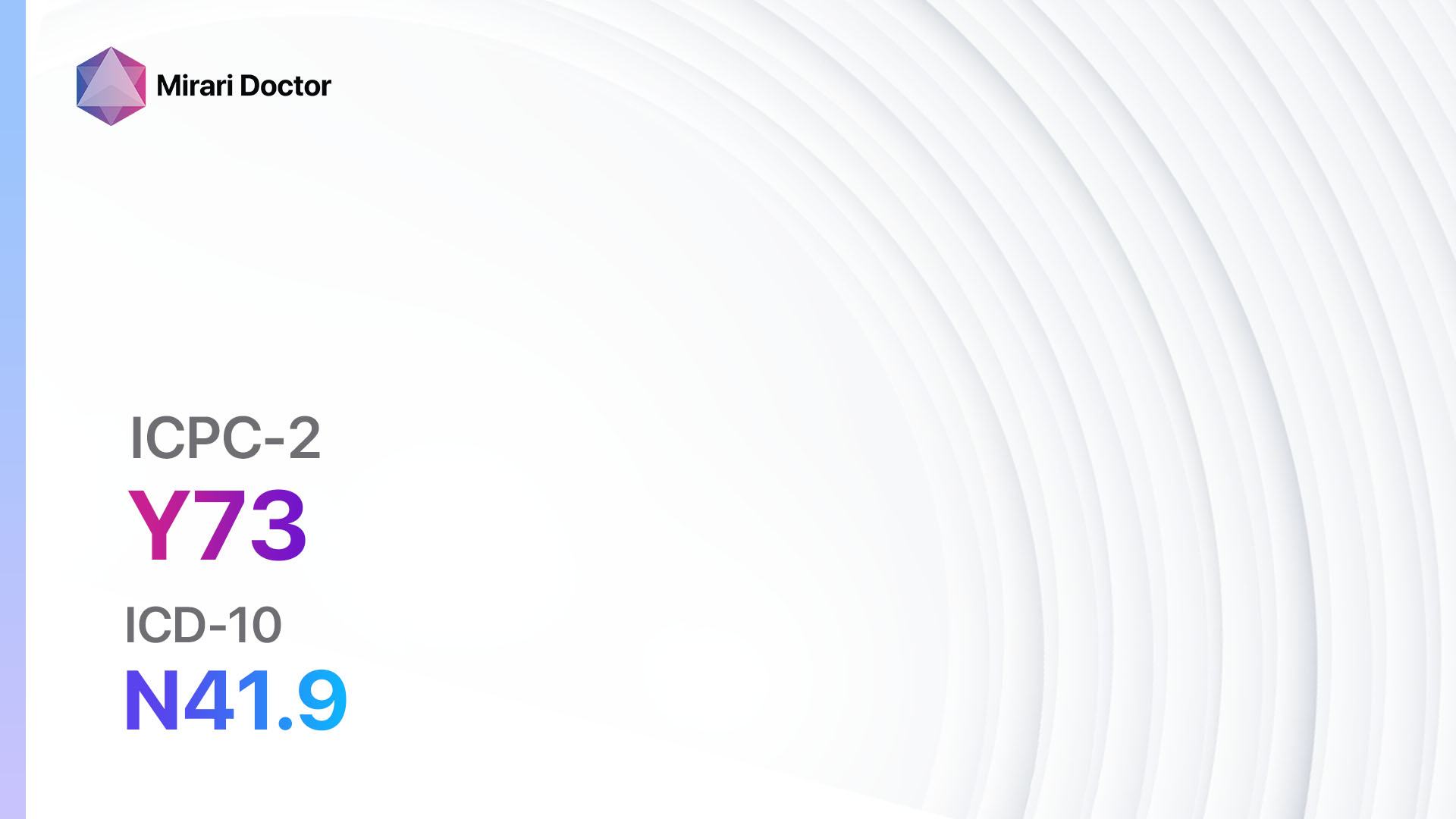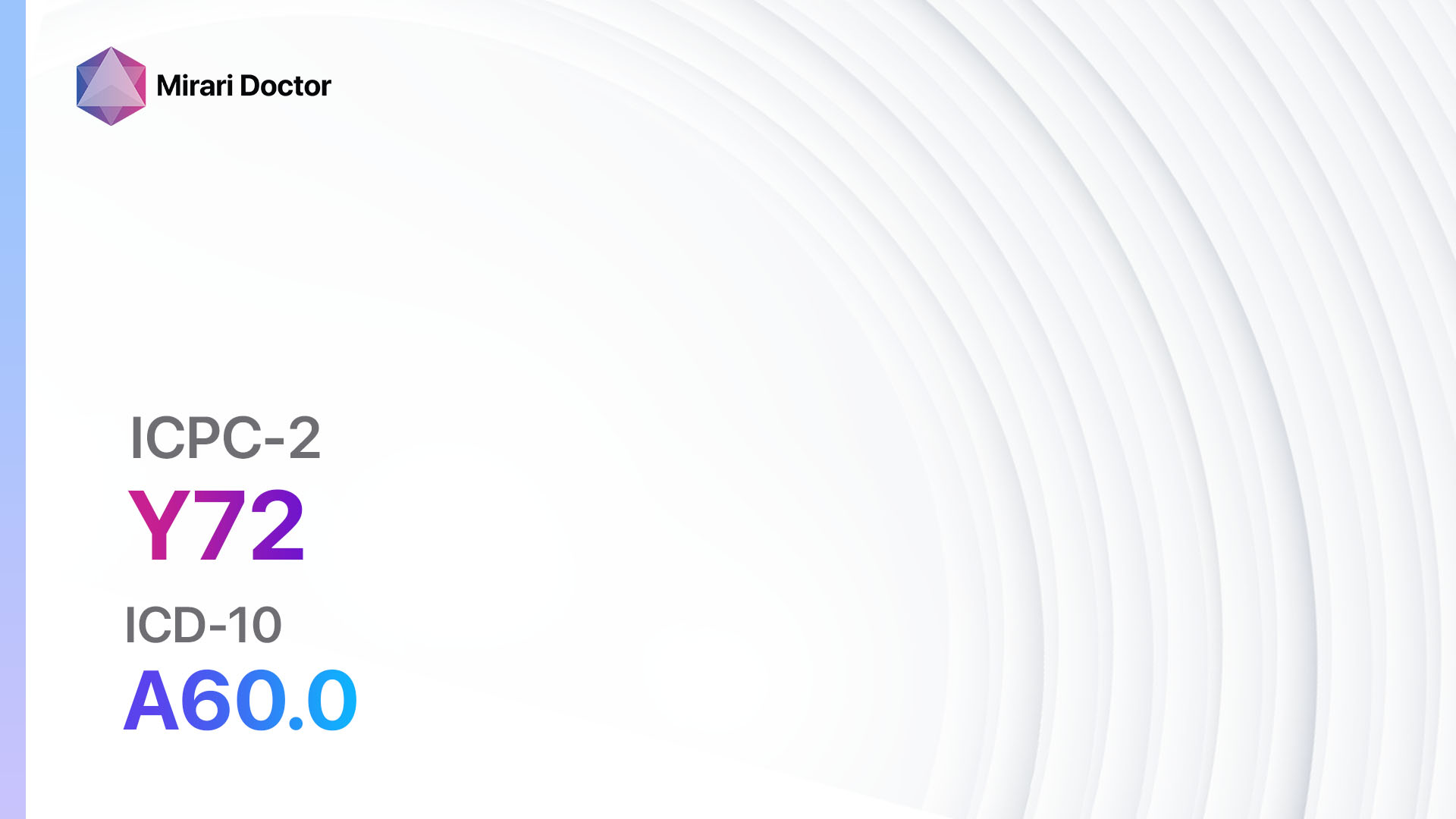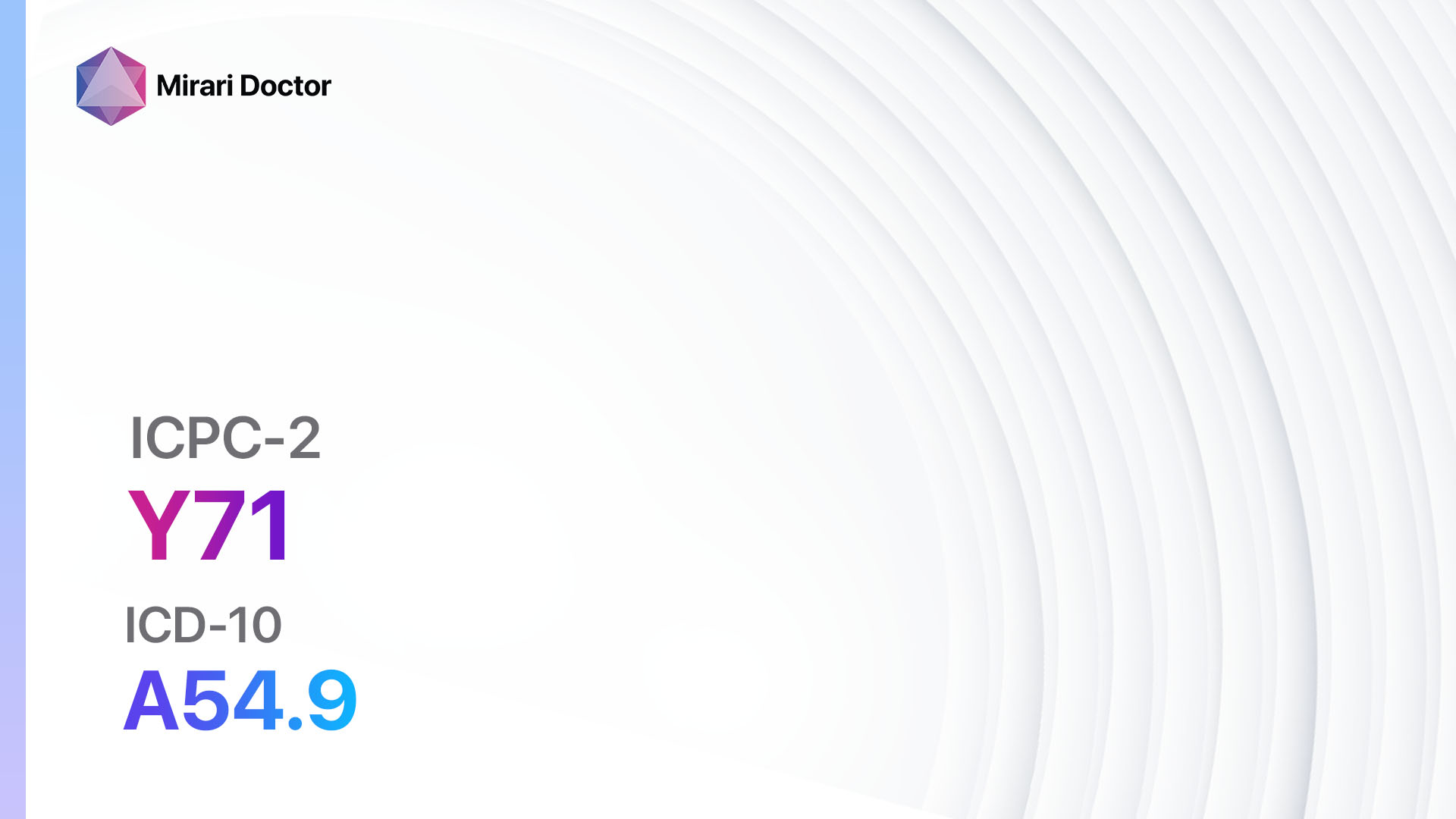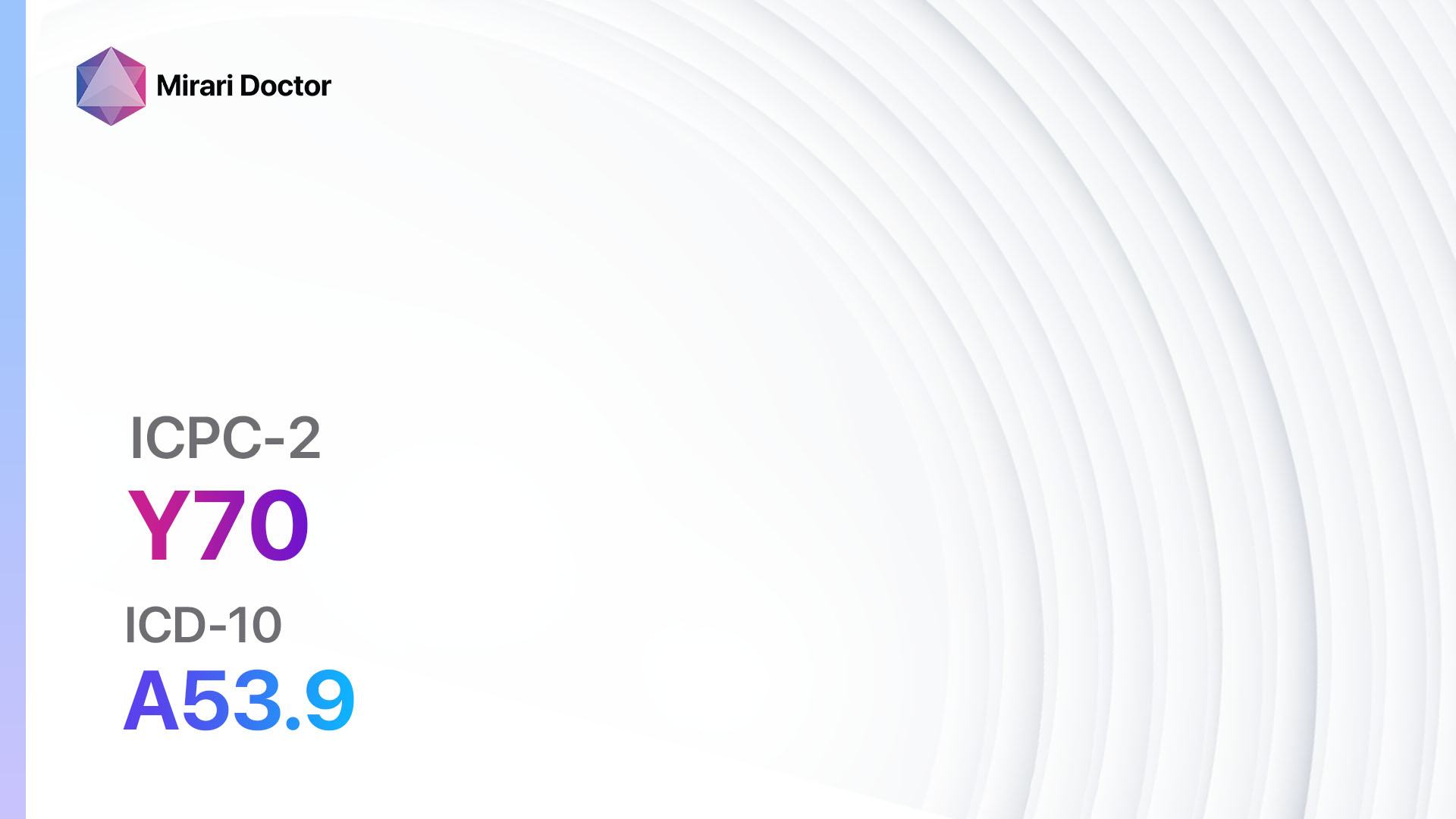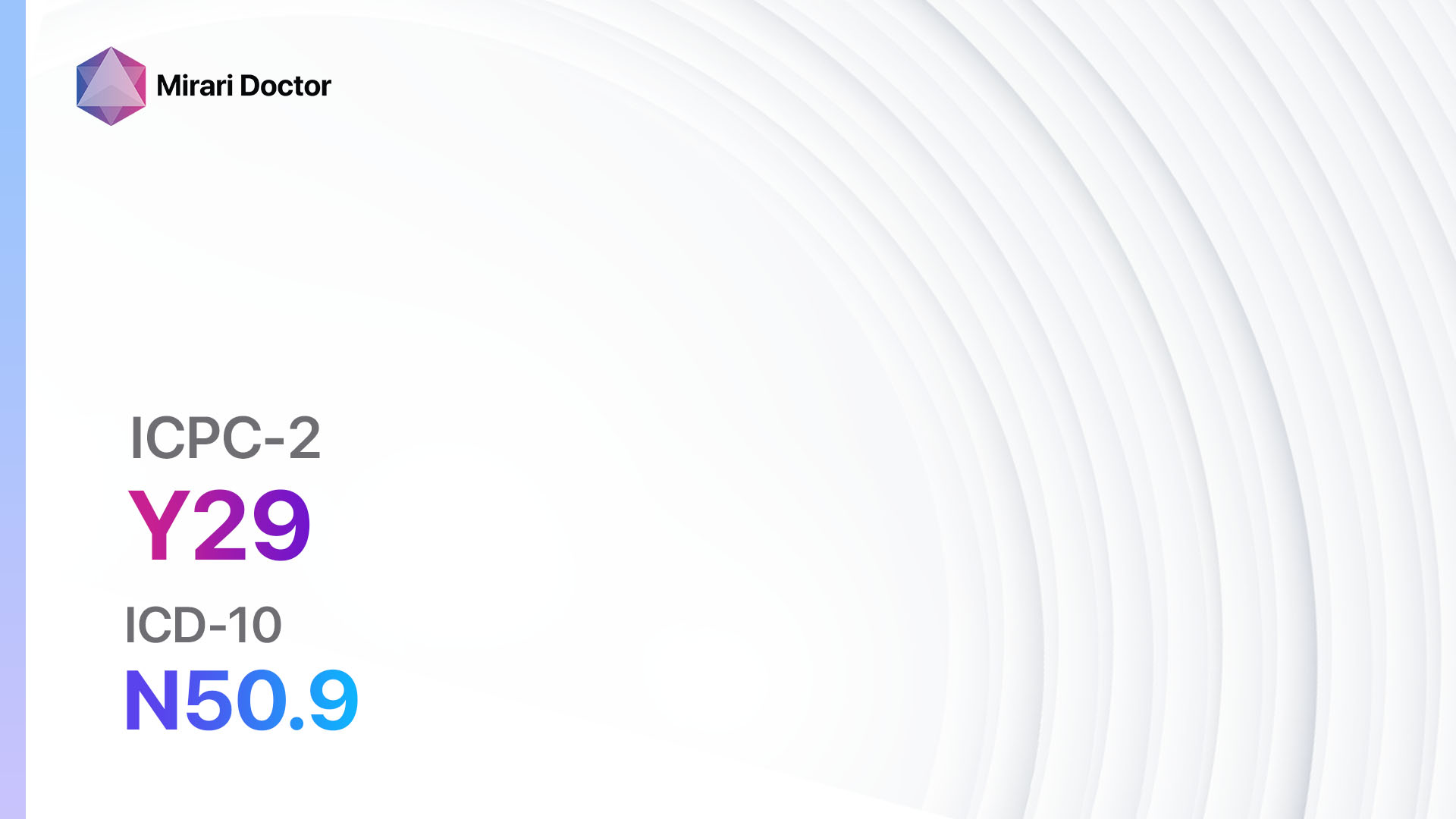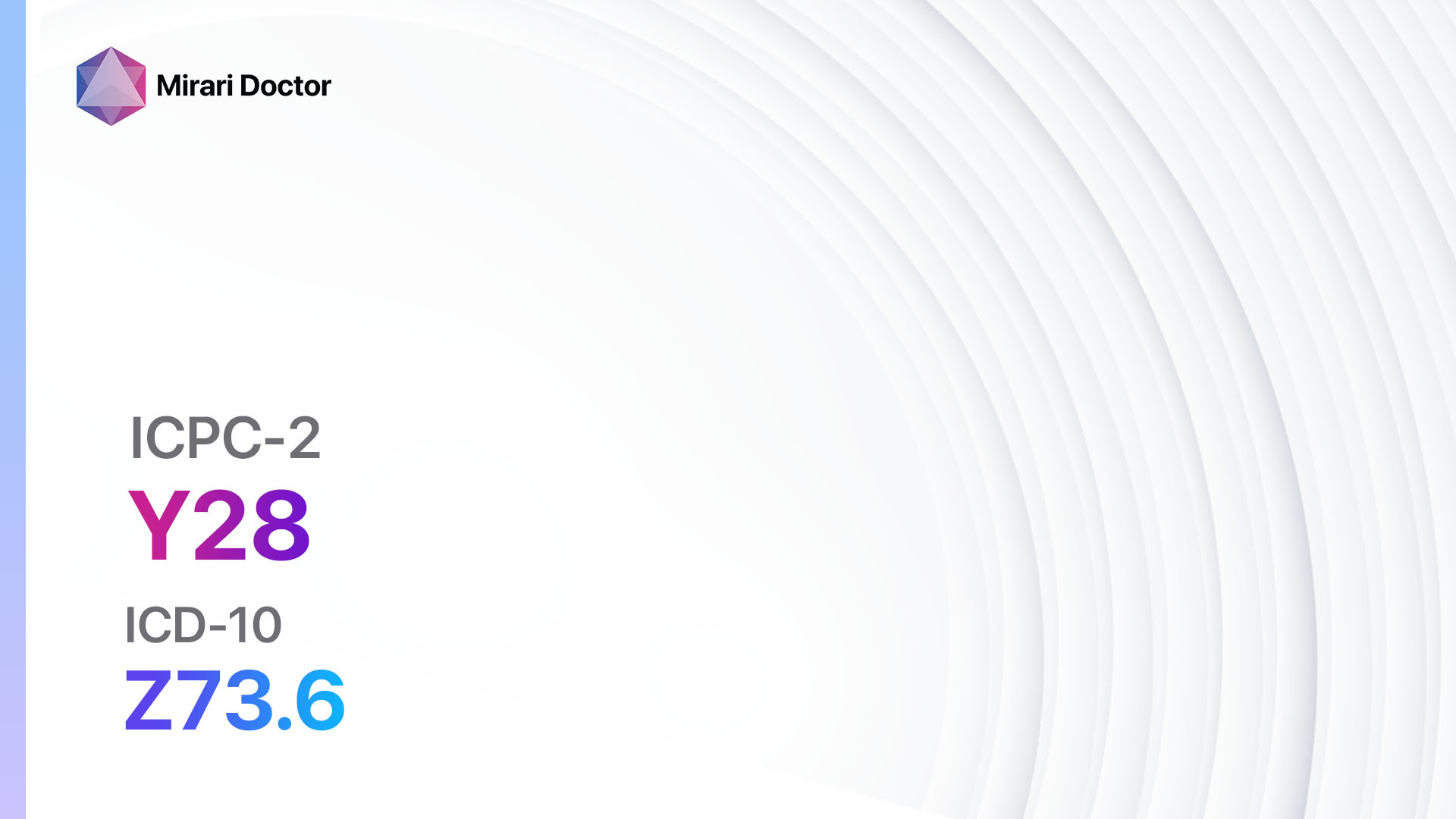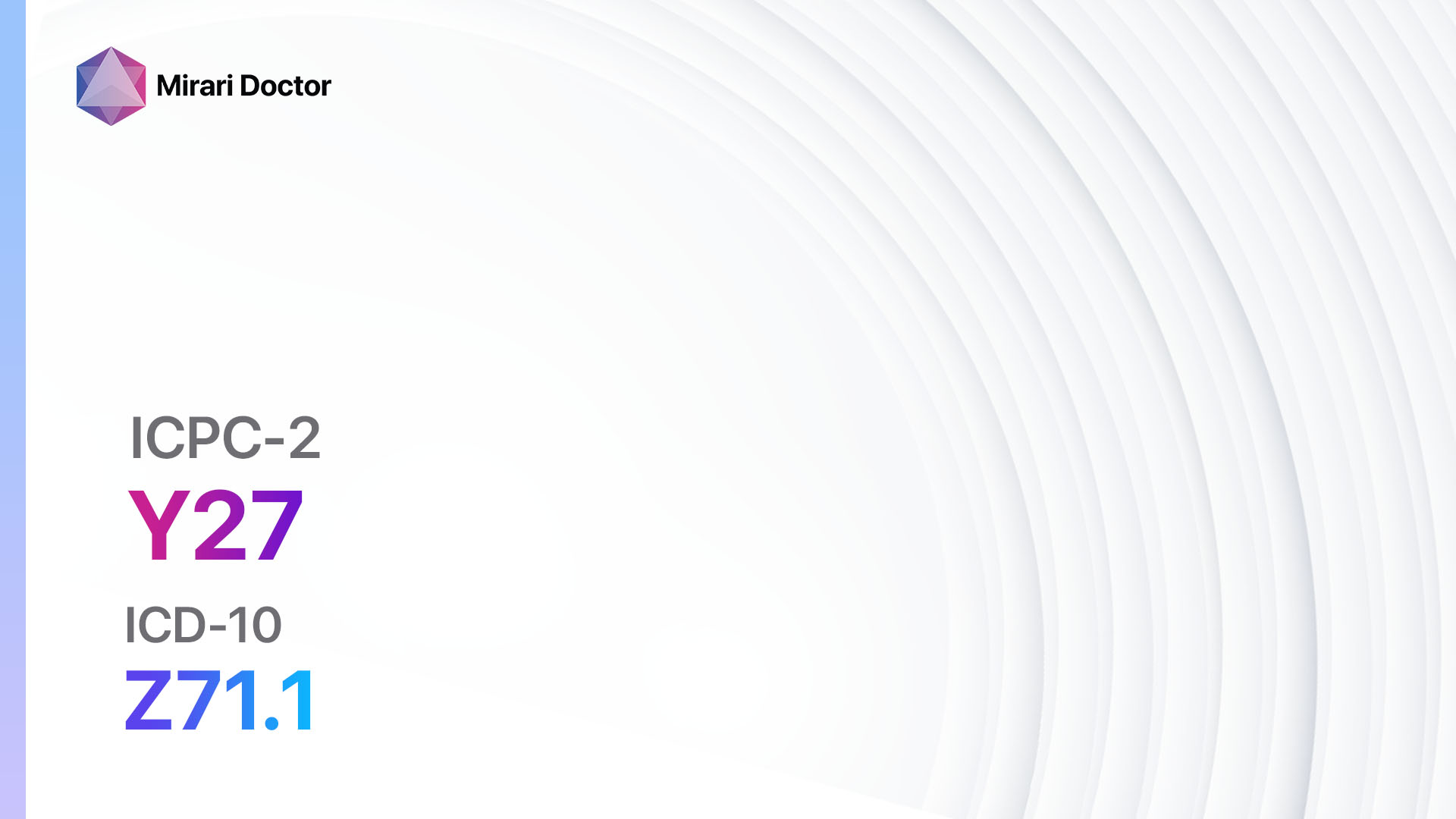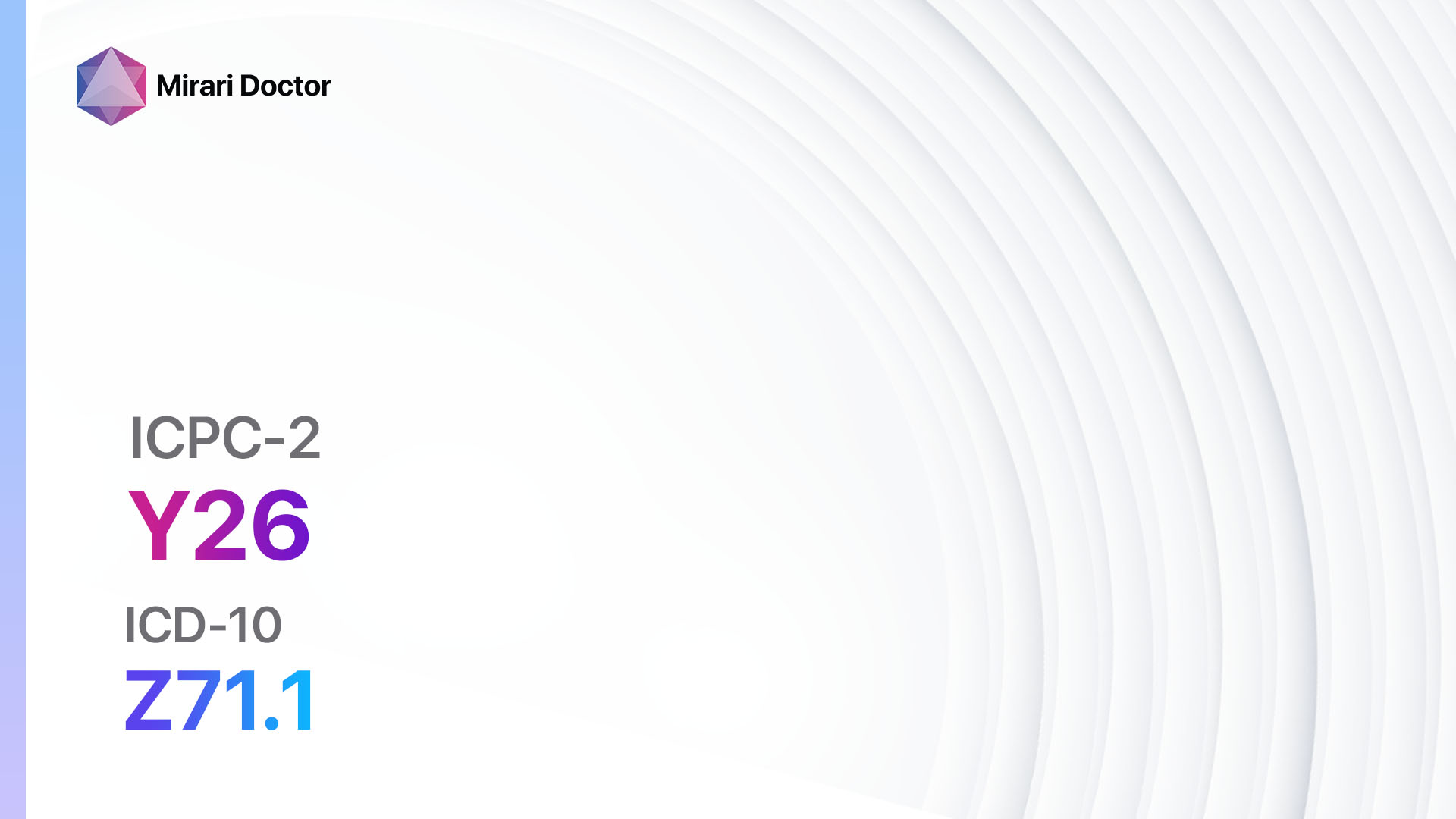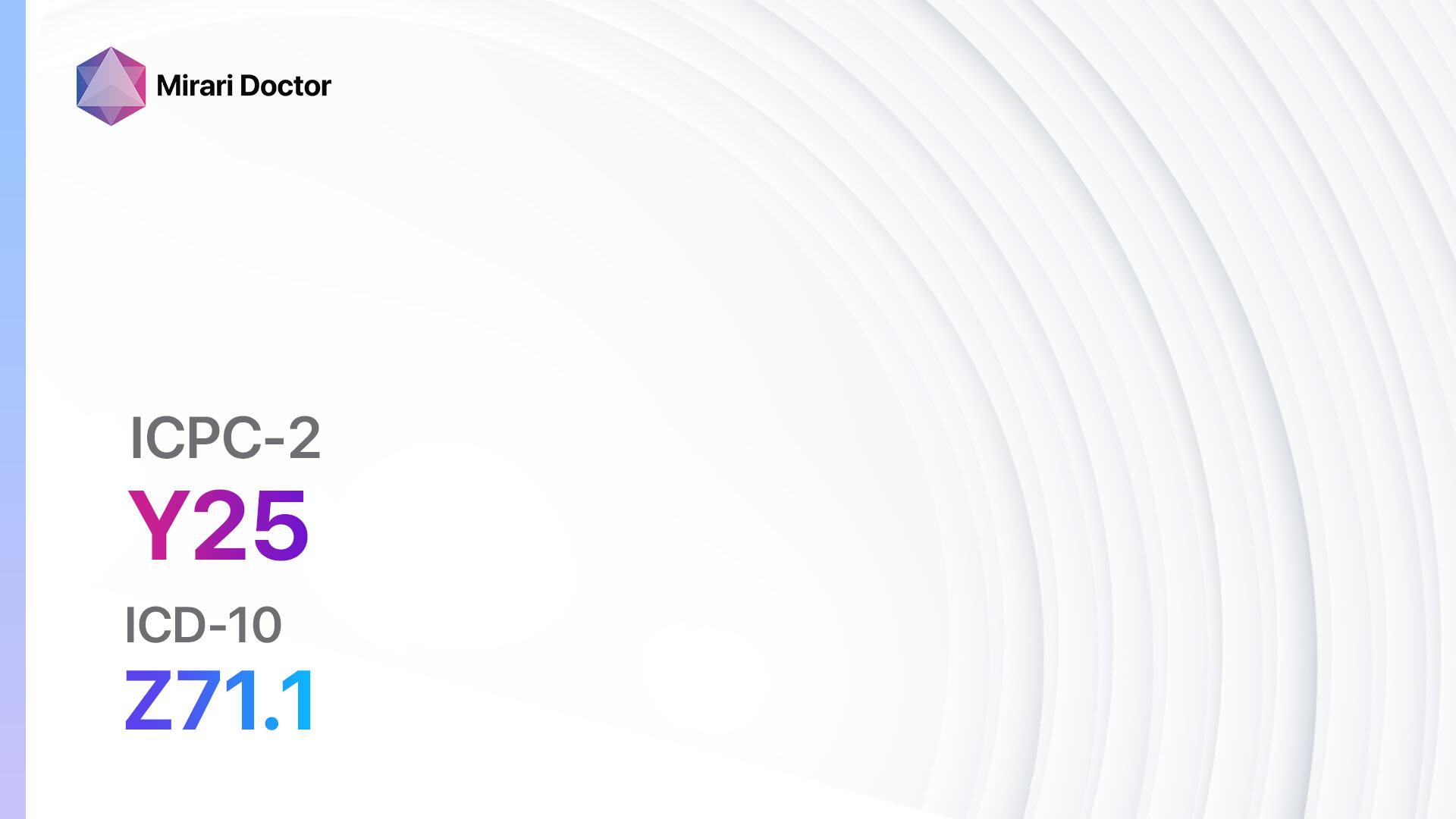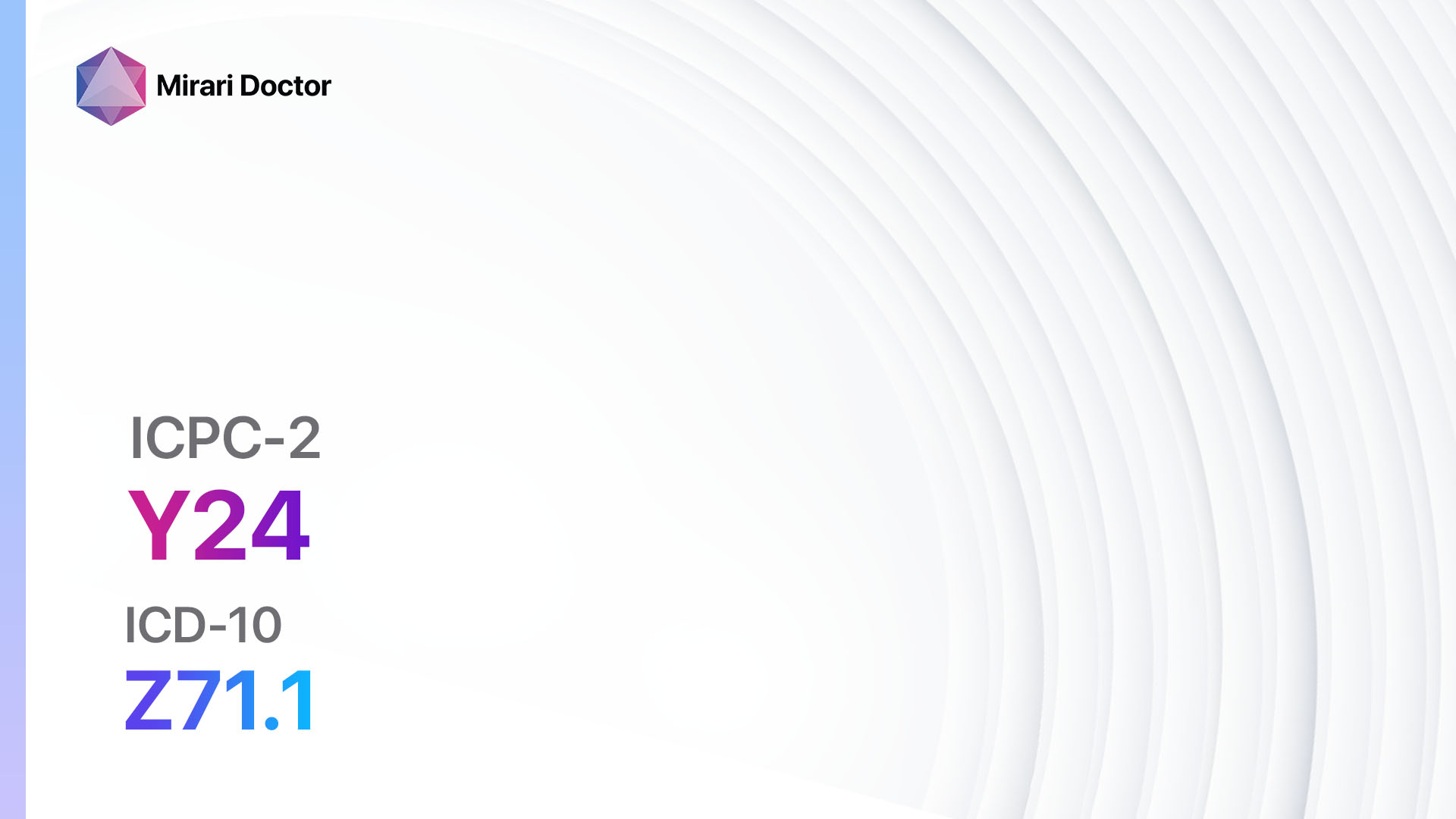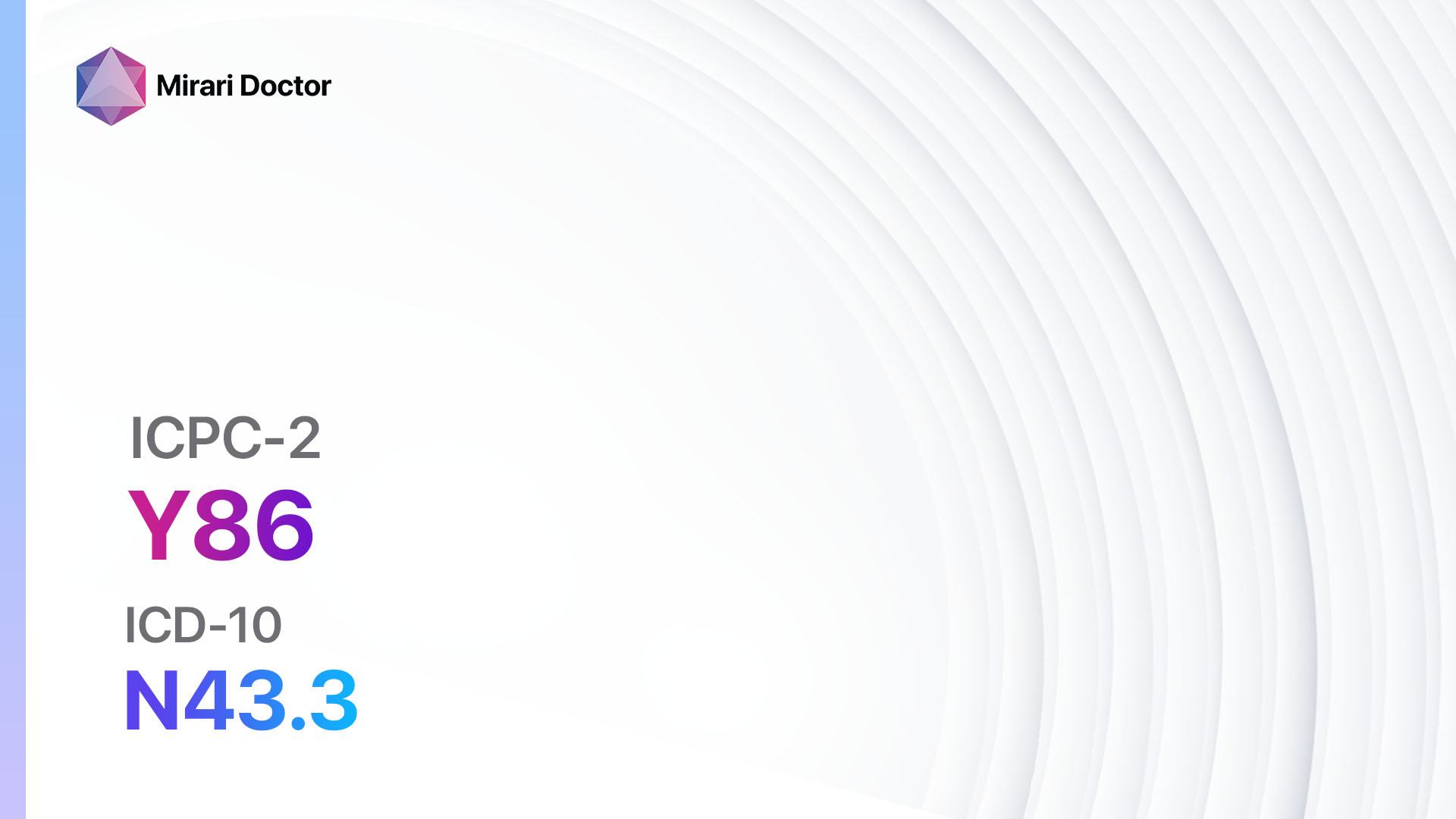
Introduction
Hydrocoele is a condition characterized by the accumulation of fluid in the scrotum, resulting in swelling. It is a common condition that can affect males of all ages, but it is most commonly seen in older adults.[1] This guide aims to provide a comprehensive overview of the symptoms, causes, diagnostic steps, possible interventions, and lifestyle interventions for hydrocoele.
Codes
Symptoms
- Scrotal swelling: The most common symptom of hydrocoele is the swelling of the scrotum, which may be painless or accompanied by mild discomfort.
- Heaviness or dragging sensation in the scrotum: Some individuals may experience a sense of heaviness or a dragging sensation in the scrotum due to the increased fluid accumulation.[4]
Causes
- Primary hydrocoele: This type of hydrocoele is often idiopathic, meaning that no specific cause can be identified. It is thought to occur due to an imbalance in the production and absorption of fluid in the scrotum.
- Secondary hydrocoele: Secondary hydrocoele can be caused by various factors, including testicular trauma, infection, inflammation, or tumors in the scrotum.[5]
Diagnostic Steps
Medical History
- Obtain a detailed medical history, including any history of scrotal trauma, infections, or other conditions that may be associated with hydrocoele.
- Inquire about any symptoms, such as scrotal pain or discomfort, that may accompany the scrotal swelling.[6]
Physical Examination
- Perform a thorough physical examination of the scrotum to assess the size, consistency, and tenderness of the swelling.
- Check for any signs of infection, such as redness, warmth, or tenderness in the scrotum.
- Evaluate the presence of any masses or abnormalities in the scrotum.[7]
Laboratory Tests
- No specific laboratory tests are required for the diagnosis of hydrocoele. However, in cases where infection or inflammation is suspected, a complete blood count (CBC) and urine analysis may be performed to rule out other conditions.[8]
Diagnostic Imaging
- Ultrasonography: Ultrasonography is the most common imaging modality used to diagnose hydrocoele. It can help visualize the fluid collection in the scrotum and rule out other conditions, such as testicular tumors or hernias.[9]
Other Tests
- In most cases, no further diagnostic tests are required for the diagnosis of hydrocoele. However, in cases where an underlying cause is suspected, such as testicular trauma or infection, additional tests, such as a testicular ultrasound or blood tests, may be performed.[10]
Possible Interventions
Traditional Interventions
Medications:
Top 5 drugs for hydrocoele:
- Nonsteroidal anti-inflammatory drugs (NSAIDs) (e.g., ibuprofen, naproxen):
- Cost: Generic versions can range from $3 to $20 per month.
- Contraindications: History of gastrointestinal bleeding, renal impairment, and allergies to NSAIDs.
- Side effects: Upset stomach, heartburn, and increased risk of bleeding.
- Severe side effects: Gastrointestinal ulcers, kidney damage, and cardiovascular events.
- Drug interactions: Increased risk of bleeding when combined with anticoagulants or other NSAIDs.
- Warning: Prolonged use of NSAIDs can increase the risk of gastrointestinal bleeding and cardiovascular events.
- Diuretics (e.g., furosemide):
- Cost: Generic versions can range from $4 to $30 per month.
- Contraindications: Allergy to sulfa drugs, anuria, and electrolyte imbalance.
- Side effects: Increased urination, dehydration, and electrolyte imbalances.
- Severe side effects: Kidney damage, low blood pressure, and hearing loss.
- Drug interactions: Increased risk of electrolyte imbalances when combined with other diuretics or certain blood pressure medications.
- Warning: Regular monitoring of kidney function and electrolyte levels is required.
- Antibiotics (e.g., ciprofloxacin, amoxicillin):
- Cost: Generic versions can range from $4 to $50 per month.
- Contraindications: Allergy to antibiotics, history of tendon disorders, and liver impairment.
- Side effects: Upset stomach, diarrhea, and rash.
- Severe side effects: Severe allergic reactions, tendon rupture, and liver damage.
- Drug interactions: Reduced effectiveness when combined with certain antacids or other antibiotics.
- Warning: Complete the full course of antibiotics as prescribed to prevent antibiotic resistance.
- Analgesics (e.g., acetaminophen):
- Cost: Generic versions can range from $2 to $10 per month.
- Contraindications: Allergy to acetaminophen and severe liver disease.
- Side effects: Upset stomach, liver damage (with excessive use), and allergic reactions.
- Severe side effects: Severe liver damage (with excessive use) and skin reactions.
- Drug interactions: Increased risk of liver damage when combined with alcohol or other medications containing acetaminophen.
- Warning: Do not exceed the recommended dosage to avoid liver damage.
- Antifungal medications (e.g., clotrimazole, miconazole):
- Cost: Generic versions can range from $5 to $20 per month.
- Contraindications: Allergy to antifungal medications and liver impairment.
- Side effects: Skin irritation, itching, and burning.
- Severe side effects: Severe allergic reactions and liver damage.
- Drug interactions: None reported.
- Warning: Use as directed and complete the full course of treatment to prevent recurrence.
Surgical Procedures:
- Hydrocoelectomy: A surgical procedure to remove the fluid-filled sac from the scrotum. Cost: $5,000 to $10,000.
- Sclerotherapy: A minimally invasive procedure that involves injecting a sclerosing agent into the hydrocoele sac to cause scarring and closure of the sac. Cost: $2,000 to $5,000.
Alternative Interventions
- Acupuncture: May help reduce scrotal swelling and improve overall well-being. Cost: $50 to $100 per session.
- Herbal remedies: Some herbal remedies, such as horse chestnut extract or butcher’s broom, may have potential benefits in reducing scrotal swelling. Cost: Varies depending on the specific remedy.
- Homeopathy: Certain homeopathic remedies, such as Arnica montana or Pulsatilla, may be used to manage scrotal swelling. Cost: Varies depending on the specific remedy.
- Hydrotherapy: Immersing the scrotum in warm water or applying warm compresses may help reduce scrotal swelling. Cost: Minimal.
- Lifestyle modifications: Avoiding activities that put pressure on the scrotum, wearing supportive underwear, and practicing good hygiene may help alleviate symptoms. Cost: Minimal.
Lifestyle Interventions
- Rest and elevation: Resting and elevating the scrotum may help reduce scrotal swelling. Cost: Minimal.
- Cold compress: Applying a cold compress to the scrotum may help reduce swelling and discomfort. Cost: Minimal.
- Weight management: Maintaining a healthy weight can help reduce the risk of developing hydrocoele. Cost: Varies depending on individual preferences.
- Avoiding irritants: Avoiding irritants, such as tight-fitting underwear or harsh soaps, may help prevent scrotal inflammation. Cost: Minimal.
- Regular exercise: Engaging in regular exercise can promote overall health and reduce the risk of developing hydrocoele. Cost: Varies depending on individual preferences.
It is important to note that the cost ranges provided are approximate and may vary depending on the location and availability of the interventions.
Mirari Cold Plasma Alternative Intervention
Understanding Mirari Cold Plasma
- Safe and Non-Invasive Treatment: Mirari Cold Plasma is a safe and non-invasive treatment option for various skin conditions. It does not require incisions, minimizing the risk of scarring, bleeding, or tissue damage.
- Efficient Extraction of Foreign Bodies: Mirari Cold Plasma facilitates the removal of foreign bodies from the skin by degrading and dissociating organic matter, allowing easier access and extraction.
- Pain Reduction and Comfort: Mirari Cold Plasma has a local analgesic effect, providing pain relief during the treatment, making it more comfortable for the patient.
- Reduced Risk of Infection: Mirari Cold Plasma has antimicrobial properties, effectively killing bacteria and reducing the risk of infection.
- Accelerated Healing and Minimal Scarring: Mirari Cold Plasma stimulates wound healing and tissue regeneration, reducing healing time and minimizing the formation of scars.
Mirari Cold Plasma Prescription
Video instructions for using Mirari Cold Plasma Device – Y86 Hydrocoele (ICD-10:N43.3)
| Mild | Moderate | Severe |
| Mode setting: 1 (Infection) Location: 0 (Localized) Morning: 15 minutes, Evening: 15 minutes |
Mode setting: 1 (Infection) Location: 0 (Localized) Morning: 30 minutes, Lunch: 30 minutes, Evening: 30 minutes |
Mode setting: 1 (Infection) Location: 0 (Localized) Morning: 30 minutes, Lunch: 30 minutes, Evening: 30 minutes |
| Mode setting: 2 (Wound Healing) Location: 0 (Localized) Morning: 15 minutes, Evening: 15 minutes |
Mode setting: 2 (Wound Healing) Location: 0 (Localized) Morning: 30 minutes, Lunch: 30 minutes, Evening: 30 minutes |
Mode setting: 2 (Wound Healing) Location: 0 (Localized) Morning: 30 minutes, Lunch: 30 minutes, Evening: 30 minutes |
| Mode setting: 7 (Immunotherapy) Location: 1 (Sacrum) Morning: 15 minutes, Evening: 15 minutes |
Mode setting: 7 (Immunotherapy) Location: 1 (Sacrum) Morning: 30 minutes, Lunch: 30 minutes, Evening: 30 minutes |
Mode setting: 7 (Immunotherapy) Location: 1 (Sacrum) Morning: 30 minutes, Lunch: 30 minutes, Evening: 30 minutes |
| Mode setting: 7 (Immunotherapy) Location: 1 (Sacrum) Morning: 15 minutes, Evening: 15 minutes |
Mode setting: 7 (Immunotherapy) Location: 1 (Sacrum) Morning: 30 minutes, Lunch: 30 minutes, Evening: 30 minutes |
Mode setting: 7 (Immunotherapy) Location: 1 (Sacrum) Morning: 30 minutes, Lunch: 30 minutes, Evening: 30 minutes |
| Total Morning: 60 minutes approx. $10 USD, Evening: 60 minutes approx. $10 USD |
Total Morning: 120 minutes approx. $20 USD, Lunch: 120 minutes approx. $20 USD, Evening: 120 minutes approx. $20 USD, |
Total Morning: 120 minutes approx. $20 USD, Lunch: 120 minutes approx. $20 USD, Evening: 120 minutes approx. $20 USD, |
| Usual treatment for 7-60 days approx. $140 USD – $1200 USD | Usual treatment for 6-8 weeks approx. $2,520 USD – $3,360 USD |
Usual treatment for 3-6 months approx. $5,400 USD – $10,800 USD
|
 |
|
Use the Mirari Cold Plasma device to treat Hydrocoele effectively.
WARNING: MIRARI COLD PLASMA IS DESIGNED FOR THE HUMAN BODY WITHOUT ANY ARTIFICIAL OR THIRD PARTY PRODUCTS. USE OF OTHER PRODUCTS IN COMBINATION WITH MIRARI COLD PLASMA MAY CAUSE UNPREDICTABLE EFFECTS, HARM OR INJURY. PLEASE CONSULT A MEDICAL PROFESSIONAL BEFORE COMBINING ANY OTHER PRODUCTS WITH USE OF MIRARI.
Step 1: Cleanse the Skin
- Start by cleaning the affected area of the skin with a gentle cleanser or mild soap and water. Gently pat the area dry with a clean towel.
Step 2: Prepare the Mirari Cold Plasma device
- Ensure that the Mirari Cold Plasma device is fully charged or has fresh batteries as per the manufacturer’s instructions. Make sure the device is clean and in good working condition.
- Switch on the Mirari device using the power button or by following the specific instructions provided with the device.
- Some Mirari devices may have adjustable settings for intensity or treatment duration. Follow the manufacturer’s instructions to select the appropriate settings based on your needs and the recommended guidelines.
Step 3: Apply the Device
- Place the Mirari device in direct contact with the affected area of the skin. Gently glide or hold the device over the skin surface, ensuring even coverage of the area experiencing.
- Slowly move the Mirari device in a circular motion or follow a specific pattern as indicated in the user manual. This helps ensure thorough treatment coverage.
Step 4: Monitor and Assess:
- Keep track of your progress and evaluate the effectiveness of the Mirari device in managing your Hydrocoele. If you have any concerns or notice any adverse reactions, consult with your health care professional.
Note
This guide is for informational purposes only and should not replace the advice of a medical professional. Always consult with your healthcare provider or a qualified medical professional for personal advice, diagnosis, or treatment. Do not solely rely on the information presented here for decisions about your health. Use of this information is at your own risk. The authors of this guide, nor any associated entities or platforms, are not responsible for any potential adverse effects or outcomes based on the content.
Mirari Cold Plasma System Disclaimer
- Purpose: The Mirari Cold Plasma System is a Class 2 medical device designed for use by trained healthcare professionals. It is registered for use in Thailand and Vietnam. It is not intended for use outside of these locations.
- Informational Use: The content and information provided with the device are for educational and informational purposes only. They are not a substitute for professional medical advice or care.
- Variable Outcomes: While the device is approved for specific uses, individual outcomes can differ. We do not assert or guarantee specific medical outcomes.
- Consultation: Prior to utilizing the device or making decisions based on its content, it is essential to consult with a Certified Mirari Tele-Therapist and your medical healthcare provider regarding specific protocols.
- Liability: By using this device, users are acknowledging and accepting all potential risks. Neither the manufacturer nor the distributor will be held accountable for any adverse reactions, injuries, or damages stemming from its use.
- Geographical Availability: This device has received approval for designated purposes by the Thai and Vietnam FDA. As of now, outside of Thailand and Vietnam, the Mirari Cold Plasma System is not available for purchase or use.
References
- Cimador M, Castagnetti M, De Grazia E. Management of hydrocele in adolescent patients. Nat Rev Urol. 2010;7(7):379-385.
- World Health Organization. International Classification of Primary Care, Second edition (ICPC-2). Geneva: WHO; 2003.
- World Health Organization. International Statistical Classification of Diseases and Related Health Problems, 10th Revision (ICD-10). Geneva: WHO; 2019.
- Rubenstein RA, Dogra VS, Seftel AD, Resnick MI. Benign intrascrotal lesions. J Urol. 2004;171(5):1765-1772.
- Wampler SM, Llanes M. Common scrotal and testicular problems. Prim Care. 2010;37(3):613-626.
- Dagur G, Gandhi J, Suh Y, et al. Classifying hydroceles of the pelvis and groin in males based on etiology: a systematic review. Curr Urol. 2017;10(1):1-14.
- Bhatt S, Dogra VS. Role of US in testicular and scrotal trauma. Radiographics. 2008;28(6):1617-1629.
- Karmazyn B, Steinberg R, Kornreich L, et al. Clinical and sonographic criteria of acute scrotum in children: a retrospective study of 172 boys. Pediatr Radiol. 2005;35(3):302-310.
- Dogra VS, Gottlieb RH, Oka M, Rubens DJ. Sonography of the scrotum. Radiology. 2003;227(1):18-36.
- Woodward PJ, Sohaey R, O’Donoghue MJ, Green DE. From the archives of the AFIP: tumors and tumorlike lesions of the testis: radiologic-pathologic correlation. Radiographics. 2002;22(1):189-216.
Related articles
Made in USA


